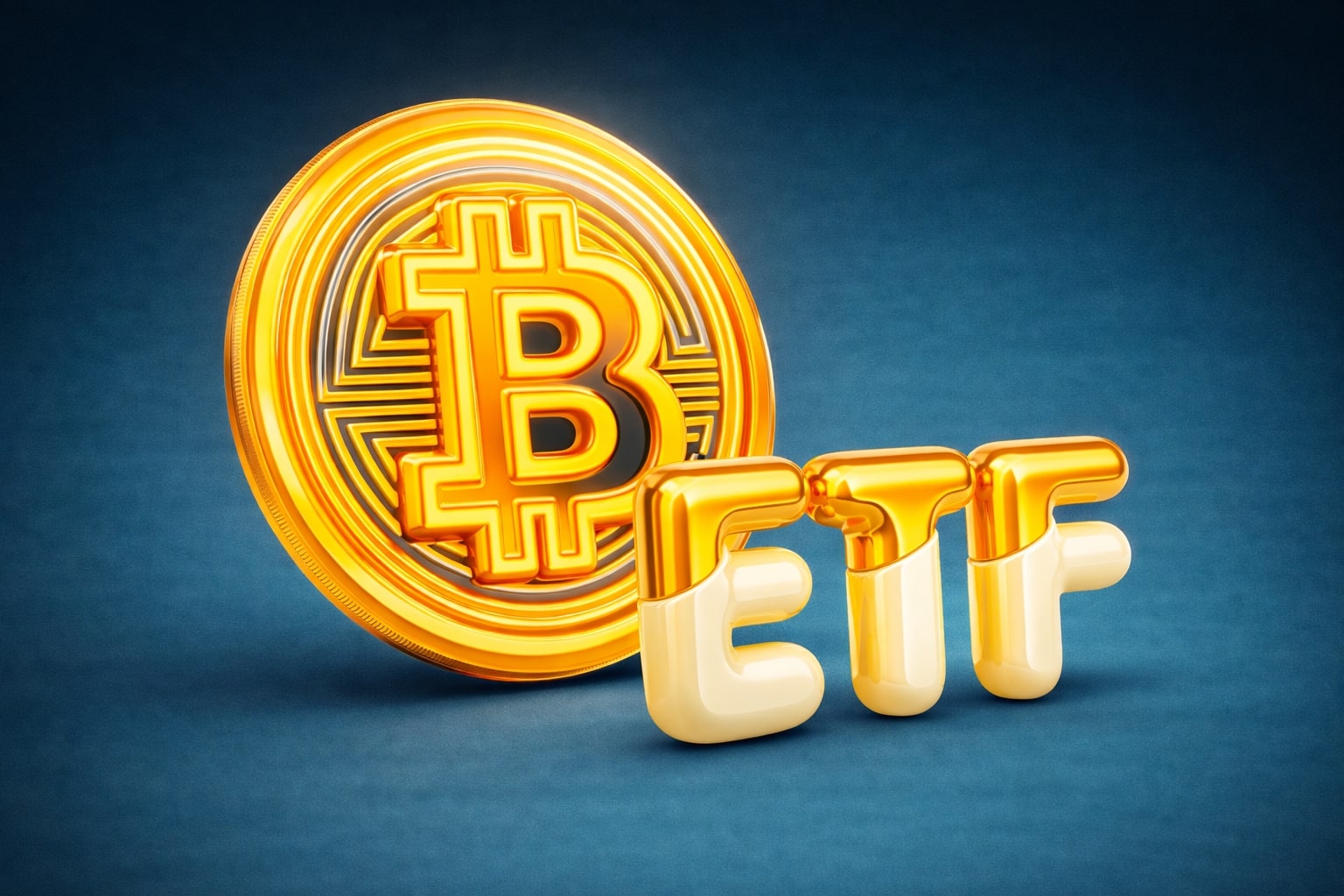Price Range and Short-Term Volatility
Bitcoin (BTC-USD) has spent the past two weeks oscillating between $116,000 and $120,000, a range that reflects traders’ reluctance to extend beyond July’s record intraday high of $123,218. Despite a late-month surge that saw BTC briefly exceed $122,000, profit-taking around the White House Digital Assets Report drove prices down to $115,800 before a rebound to $118,740 on July 31. You can feel the tension in each intra-day candle, as whales and miners vie for control of the next directional move.
Fed Policy’s Grip on Crypto Risk Appetite
The U.S. Federal Reserve’s decision to maintain interest rates at 5.25–5.50% for the fifth consecutive meeting has cast a long shadow over risk assets. Higher real yields reduce the allure of non-yielding investments like Bitcoin, and the Fed’s explicit reluctance to cut rates until late 2026 suggests BTC’s next leg higher will require more than dovish whispers. Historically, Bitcoin fell over 30% during the 2022–2023 rate-hike cycle; while we’re unlikely to see such a collapse now, the market’s sensitivity to “higher for longer” policy remains acute, capping rallies near the $120,000 ceiling.
Trade Tariff Deadline and Market Sentiment
August 1 marks the expiration of the U.S.–China tariff truce, and the looming reinstatement of 25% duties on select Chinese imports has encouraged a defensive stance among investors. Simultaneously, Washington’s decision to levy 25% tariffs on Indian goods has rippled through risk-driven assets, including Bitcoin. This confluence of geopolitical friction and trade uncertainty has kept BTC trading volume muted around $18 billion per day—well below July’s average of $25 billion—as participants await clarity on whether tariffs will subside or intensify.
Institutional Demand: ETFs and Strategic Reserves
Austere macro conditions have been partly offset by structural inflows. U.S. spot Bitcoin ETFs attracted $237 million in net new capital this week alone, evidence that large managers like BlackRock and Fidelity remain committed buyers. Meanwhile, MicroStrategy (NASDAQ: MSTR) added over 21,000 BTC this month, lifting its corporate holdings to roughly 243,000 coins. Though this alone no longer sways market direction—a far cry from Q1 when MSTR buys sparked 5% daily rallies—it underpins the $116,000 support level and cements Bitcoin’s role as an institutional treasury asset.
On-Chain Signals: Whale Accumulation vs. Miner Outflows
On-chain metrics reveal a tale of two forces. Non-exchange wallets holding 10–10,000 BTC have hoarded an additional 218,570 BTC since March, lifting their share to 68.44% of total supply and underscoring sustained accumulation by “whales.” In contrast, miner outflows surged by 12,000 BTC over the past fortnight, as miners liquidate to cover operational costs amid higher electricity prices. The tug-of-war between these actors has generated choppy price action around current levels.
Technical Landscape: Critical Support and Resistance
From a technical standpoint, the $116,952 zone—marked by the July 20 local low—offers the first line of defense. A daily close below that figure would likely invite a deeper retracement toward the 50-day EMA at $112,952, with psychological support at $110,000 in view. Conversely, a decisive break and close above $120,811 could ignite a sprint back toward the July 14 peak at $123,218, and potentially set the stage for an extension to $130,000 in August.
Macro Forecasts and Thought Leaders
Galaxy Digital’s Mike Novogratz predicts Bitcoin will breach $150,000 in the near term—citing the post-halving supply cut to 450 BTC/day and a macro backdrop of sustained liquidity in large pockets of institutional portfolios. Bernstein analysts, meanwhile, point to broadening mainstream adoption via retail brokerages like Robinhood (NASDAQ: HOOD) and exchange integrations with JPMorgan, anticipating further upside as on-ramp friction decreases. Yet both camps acknowledge that a Fed “game-changer” or tariff détente will be required for BTC to escape its current confines.
Strategic Positioning: HOLD
Given the interplay of supportive ETF flows and whale accumulation against a backdrop of Fed tightening and trade tensions, the prudent stance is to Hold BTC-USD around $118,000. Traders should guard against chasing a breakout above $120,000 without a clear catalyst, while buyers looking for swing-trade entry might target $116,000–$117,000 levels. Until tangible progress on tariff negotiations emerges or the Fed signals a shift toward rate cuts, Bitcoin will likely continue its tightrope act between $116K and $120K.


















